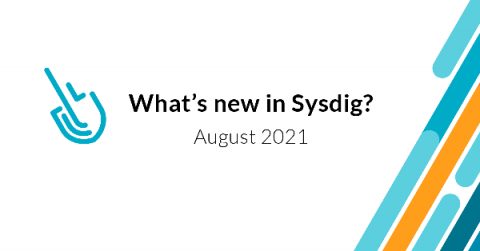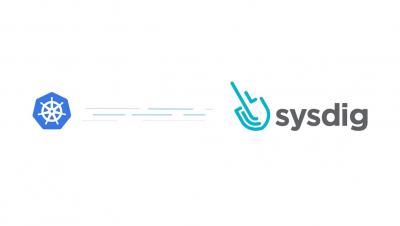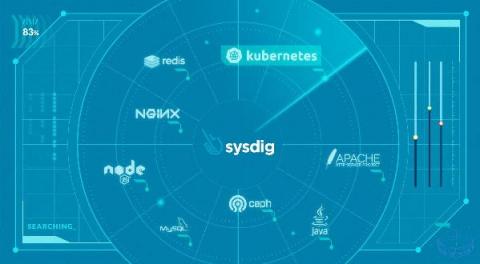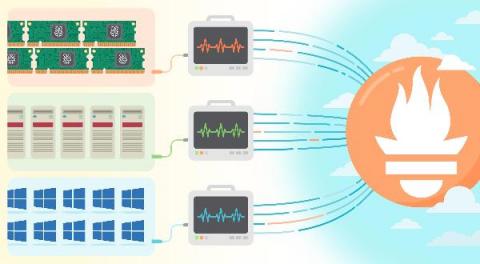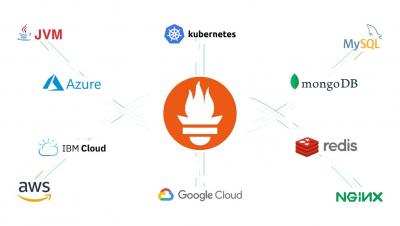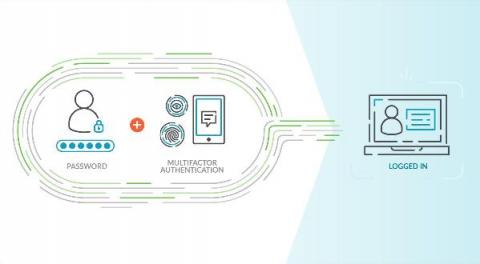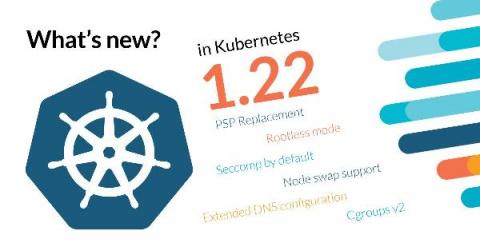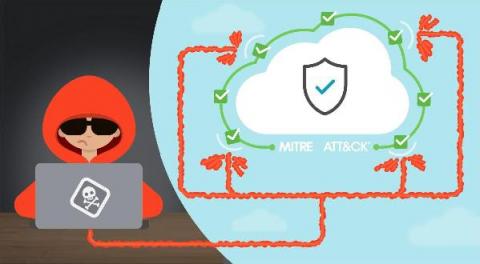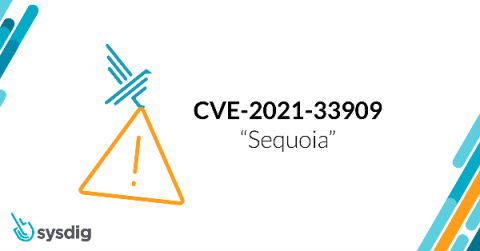What's new in Sysdig - August 2021
Welcome to another monthly update on what’s new from Sysdig! This month’s big announcement is our new support for Prometheus as a managed service. There are several individual features behind this which we cover in more detail below, but here is a summary: Also, Kubernetes 1.22 was released and we shared our review of what to look out for. Go check out our Kubernetes 1.22 – What’s new? post if you haven’t already.


